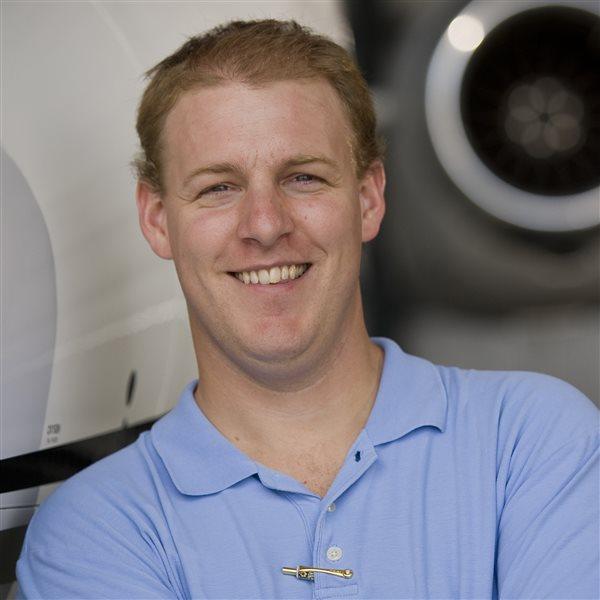Decoding air traffic control communications
The legendary French author and pilot Antoine de Saint-Exupéry put it quite simply when he said, "Language is the source of misunderstandings." And although Saint-Exupéry didn't deal with the level of complexity of today's air traffic control environment, his words can be used to describe it perfectly.
Talking on the radio, both to ATC and on common frequencies, is the bane of some pilots' existence. We've all been there before, stuttering incoherently, babbling, stepping on each other. "What did he say?" "What does she want me to do?" Questions all pilots have asked more than once. But with such a wealth of materials available, there's no reason why all pilots can't be smooth-talking radio operators.
What is said on the radio is not regulatory, in a literal sense. There is nothing that requires one to speak something in a certain way. However, there are regulations on when pilots must relate information over the radio. For example, FAR 91.129 states that to enter or proceed through Class D airspace, a pilot must establish two-way radio communication with the ATC facility providing service. But the regulation does not mention how a pilot must do this.
For official guidance on how to effectively communicate over the radio, turn to the Aeronautical Information Manual, or AIM. Chapter 4 deals with ATC operations in depth, including some recommended phraseology.
A lesser-known resource within the AIM that is often much more helpful is the Pilot/Controller Glossary. The glossary goes alphabetically through 99 percent of the phrases that pilots will hear while using the radio. It's a great resource when reflecting on those "what did he just ask me to do?" moments. It's also in the Aeronautical Information Manual .
For those who don't learn best by reading a text, there are Comm1 computer programs that simulate the ATC environment in the comfort of your home office (see " Pilot Products," December 1998 Pilot). These products can help any private or instrument pilot develop more confidence and skill with using the radio.
But like any aviation skill, there's no substitute for flying. Just getting out in the ATC environment and listening to the lingo will greatly enhance any pilot's radio technique. Along those same lines, investing in a hand-held radio to listen to ATC on the ground can be a great help.
Call AOPA's Pilot Information Center with any questions on radio phraseology, regulations, and recommendations. The center is staffed by experienced pilots and instructors who will get you headed in the right direction. You can reach them from 8:30 a.m. to 6 p.m. Eastern time Monday through Friday at 800/USA-AOPA.
Membership Q&A
Answers to frequently asked questions about your AOPA membership
Q: Whom should I contact if I don't want to receive telephone calls from AOPA?
A: Contact Member Services either by e-mail or telephone (800/872-2672) and let us know your preferences. You also can specify your e-mail and mail preferences.
Q: I don't fly that often. Do I really need the AOPA Legal Services Plan?
A: Yes! Pilots who fly less frequently can find themselves unaware of subtle FAA rule changes and new regulations, making the pilots more vulnerable to violations. In addition, the plan provides you with valuable services such as reviewing your hangar, tiedown, and lease agreements. For just $29 a year — roughly 55 cents a week — you can have the peace of mind you deserve every time you fly. Learn more or enroll in the plan by visiting our Member Products section on our Web site, or by calling one of our helpful Member Services representatives at 800/872-2672.
Q: How can I find out about job opportunities with AOPA?
A: Our human resources staff lists current openings on the Web site. Look in the left column of the home page and click About AOPA. Then click on Careers With AOPA to learn more about working for the association and to view the positions that are currently available.
Contact information:
Phone: 800/USA-AOPA (872-2672), 8:30 a.m. to 6 p.m. ET Monday through Friday
After hours: Renew your membership, reset your Web password, or enroll in Automatic Annual Renewal using our self-service touch-tone phone option.
E-mail: [email protected].
Web: Update your personal information, renew your membership, and much more by clicking on My AOPA Membership in the left column of our home page.



